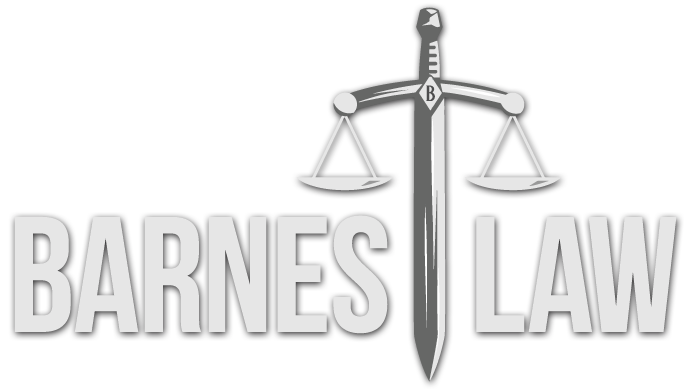Fix Your Captive Insurance Company Before January 1, 2017
For the first time in nearly 30 years, Congress implemented significant changes to Internal Revenue Code section 831(b) when it passed Protecting Americans From Tax Hikes (PATH) as part of its 2016 appropriations bill. Section 831(b) allows micro-insurance companies, commonly referred to as “captive” insurance companies to avoid taxation on up to $1.2 million of premium received per year. Under PATH, beginning in 2017, captives can avoid tax on $2.2 million of premium received per year. However, they will be subject to new “diversification” requirements, which are intended to prevent the use of captive insurance companies as estate planning vehicles. The IRS properly contends that captive insurance companies are often abused as tax shelters, including for estate planning purposes. The IRS has included captive insurance arrangements in its annual “Dirty Dozen” list of Tax Scams.[1] A simple example illustrates the potential abuse[2]:
Person A is the sole owner and officer of a corporation. The corporation holds substantial cash. A wants to deplete his estate by passing the corporation’s cash to his son, Z. Z forms a captive insurance company, which insures the corporation under a “kidnapping” policy. Thus, if A (a key-person) is abducted, the captive pays a benefit to the corporation to compensate for the loss sustained by A’s abduction. The annual premium for the policy is $1.2 million, which the corporation pays to the captive each year. The corporation takes a $1.2 million deduction each year under IRC section 162, and the captive recognizes no income due to its section 831(b) election. A has reduced his taxable estate by transferring (and deducting) $1.2 million to Z’s captive. Amazingly, A is never abducted, so Z’s captive retains all premiums received.[3]
If audited, the IRS would shred the above arrangement, but analogous abuses of captives do happen and escape scrutiny.
Nonetheless, PATH might derail similar tax shelters. PATH’s section 831(b) diversification provisions require that 1) no more than 20% of the insurance company’s premiums be paid by any one policyholder, or alternatively 2) ownership of insured business mirror (within a 2%) ownership of the captive.
“Policyholder” is defined to include affiliated companies and individuals, including family members. In our example, A’s corporation was the only policyholder, which violates the first prong of the diversification test. To be compliant, the captive would have to issue policies to four additional companies, the owners of which could not be related to A or Z.
To pass the ownership test, A would have to own 98% of the captive. If A effectively owns the captive, any estate planning benefit is rendered useless since the value of the company is includable in his taxable estate. The corporation might still recognize income tax benefits from the deductions, but the estate planning benefit is materially gutted. Estate tax can still be managed to an extent, but further structural changes would be needed.
Bottom line: If you have an interest in a captive insurance company, you have until January 1, 2017 to ensure it is structured appropriately under the new PATH diversification requirements.
— By Michael S. Cooper, Esq., Barnes Law
Michael S. Cooper is an associate attorney with Barnes Law, and is licensed to practice law in California.
The opinions expressed are those of the author and do not necessarily reflect the views of the firm, its clients, or any of its or their respective affiliates. This article is for general information purposes and is not intended to be and should not be taken as legal advice.
[1] https://www.irs.gov/uac/Newsroom/Abusive-Tax-Shelters-Again-on-the-IRS-Dirty-Dozen-List-of-Tax-Scams-for-the-2015-Filing-Season; https://www.irs.gov/uac/Newsroom/Abusive-Tax-Shelters-Again-on-the-IRS-Dirty-Dozen-List-of-Tax-Scams-for-the-2016-Filing-Season
[2] For simplicity, the example omits discussion of “risk shifting” and “risk distribution,” both of which must be present for an arrangement to constitute “insurance” for federal tax purposes. See Helvering v. LeGierse, 312 U.S. 531 (1941).
